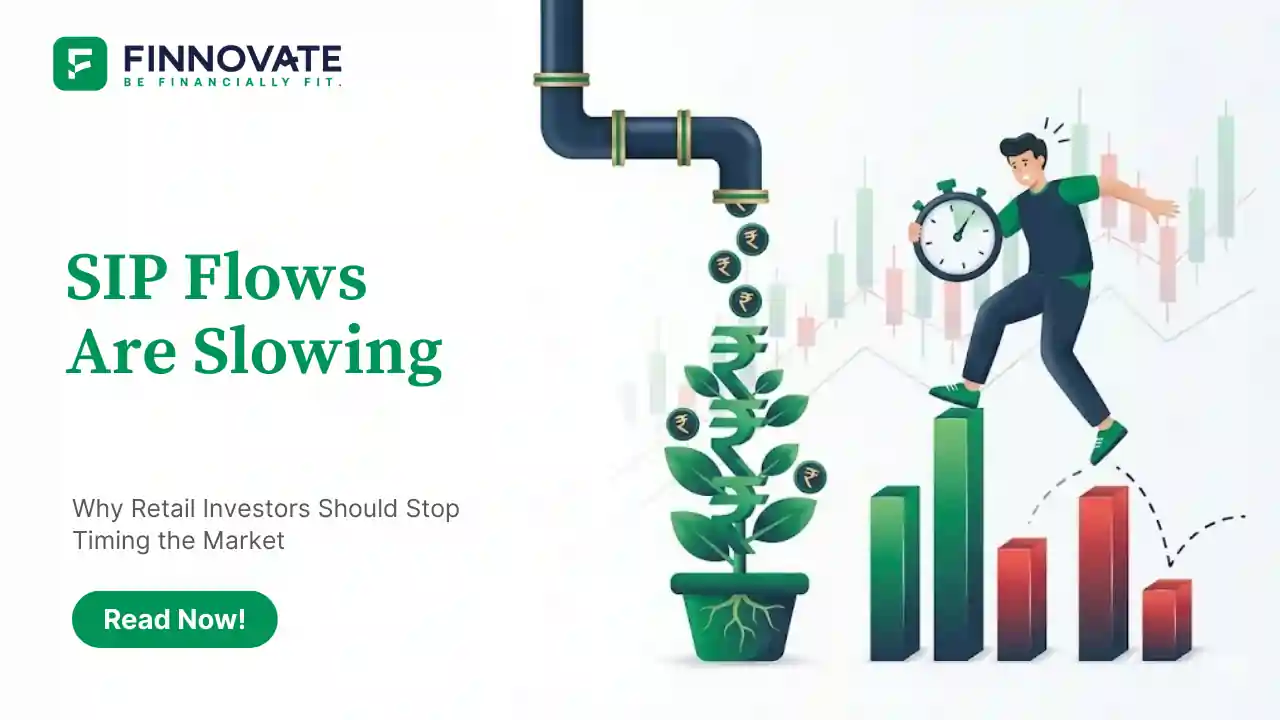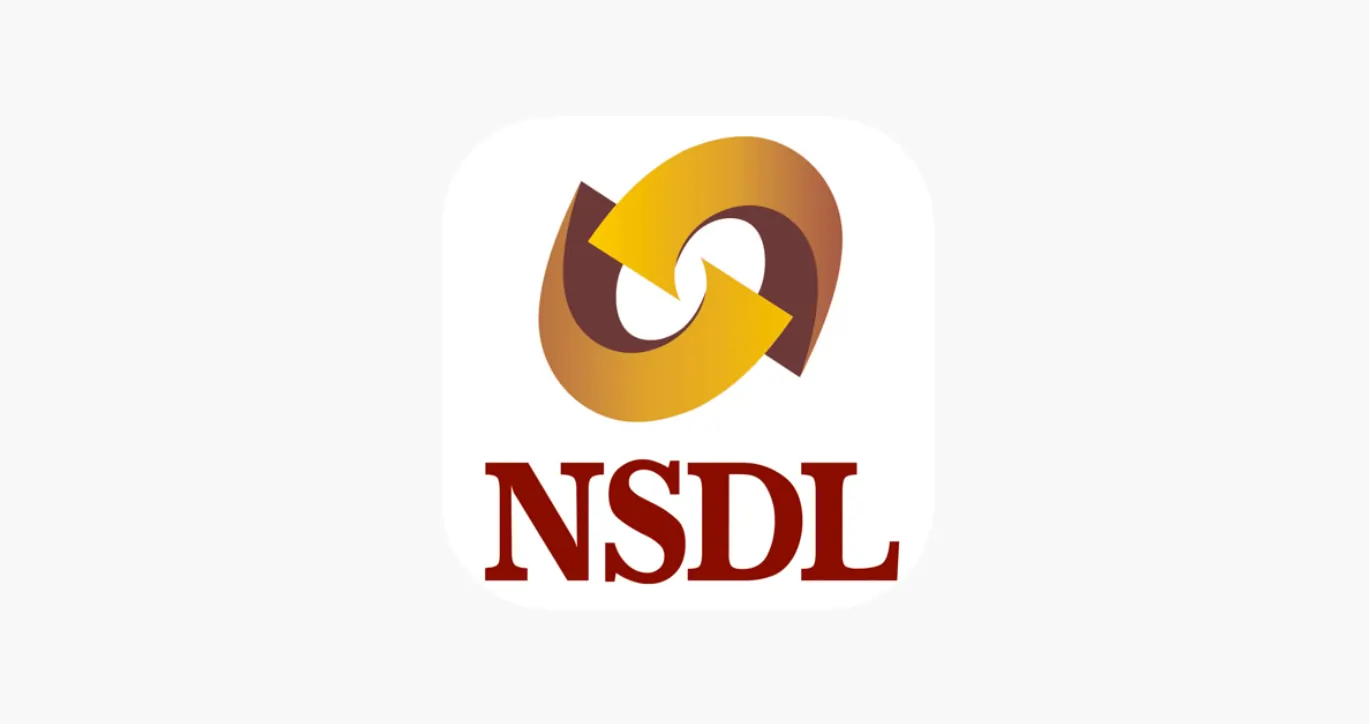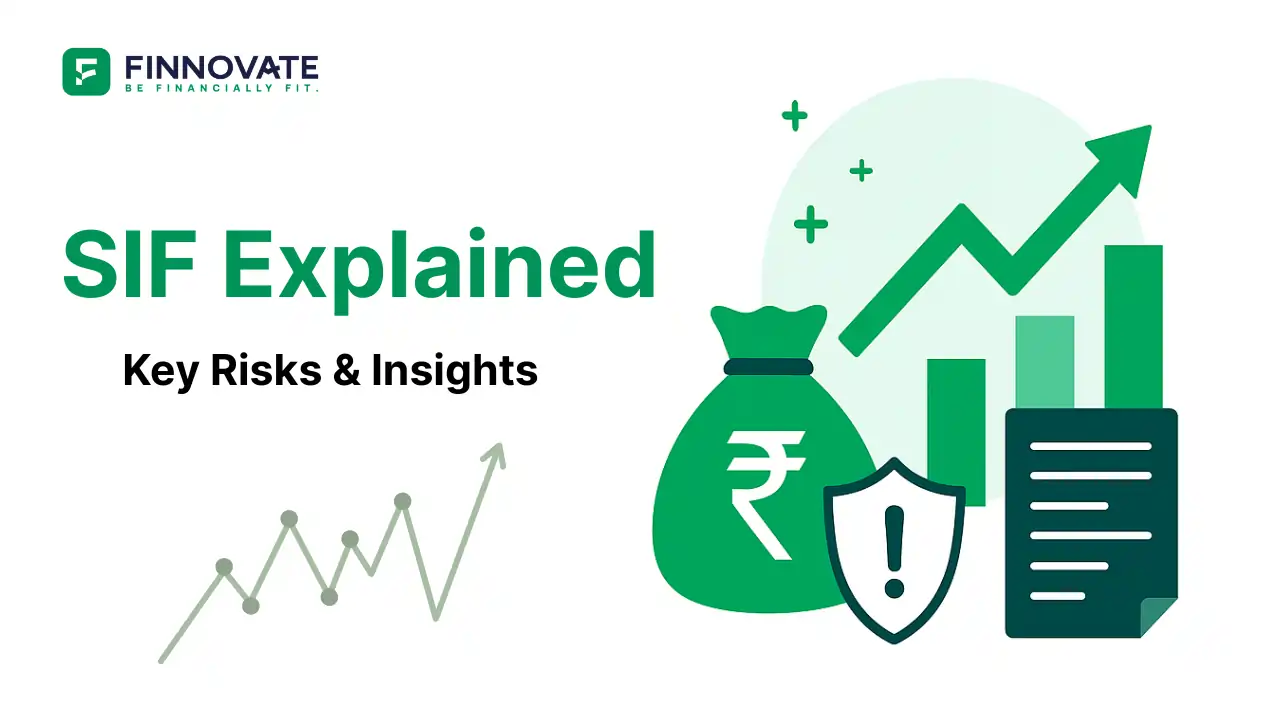
SIP Flows Are Slowing: Why Retail Investors Should Stop Timing the Market
SIP folio share is falling and SIP stoppage ratios are above 75% post Apr 2025 clean-up. H...
Data Source: AMFI India | Period: June 2025
Indian equity mutual funds witnessed strong AUM (Assets Under Management) growth in June 2025. But once again, it wasn’t driven by fresh inflows. Instead, price accretion - the rise in market value of existing holdings - was the dominant contributor.
This marks the third consecutive month where market performance, not money flow, led to higher AUM. Let’s break down the numbers and what they mean for investors.
When mutual funds hold equities and the stock prices rise, the value of the fund’s portfolio increases - this is called price accretion. It adds to the fund’s total AUM, regardless of whether there are any new investor inflows.
So even if investors aren’t pumping in fresh capital, a strong market rally can push AUM up via price gains alone.
According to AMFI, equity funds saw an overall AUM accretion of ₹1.41 trillion in June 2025. Here’s how that breaks down:
This highlights that June’s equity fund AUM growth was primarily led by market recovery, not investor activity.
The funds have been classified into three categories based on how much of their AUM growth was due to price accretion.
These funds saw AUM growth almost entirely due to price movement. Notably, many of them had low or negative net inflows, which magnified price dominance.
| Fund Type | Net Inflow (₹ Cr) | AUM Accretion (₹ Cr) | Price Dominance |
|---|---|---|---|
| ELSS | -556.11 | 7,292.31 | 107.63% |
| Sectoral/Thematic | 475.61 | 16,941.02 | 97.19% |
| Dividend Yield | 45.55 | 984.61 | 95.37% |
These funds experienced significant price-led growth despite moderate inflows.
| Fund Type | Net Inflow (₹ Cr) | AUM Accretion (₹ Cr) | Price Dominance |
|---|---|---|---|
| Large Cap | 1,694.33 | 13,803.88 | 87.73% |
| Focused | 965.05 | 6,302.13 | 84.69% |
| Value/Contra | 1,159.44 | 7,416.89 | 84.37% |
| Mid Cap | 3,754.42 | 23,607.11 | 84.10% |
These funds saw strong investor flows, which reduced the share of price-led AUM growth.
| Fund Type | Net Inflow (₹ Cr) | AUM Accretion (₹ Cr) | Price Dominance |
|---|---|---|---|
| Small Cap | 4,024.50 | 18,545.42 | 78.30% |
| Large & Mid Cap | 3,496.91 | 14,746.53 | 76.29% |
| Flexi Cap | 5,733.16 | 22,304.35 | 74.30% |
| Multi Cap | 2,794.20 | 9,530.18 | 70.68% |
In a rising market, price accretion boosts AUM, but it doesn’t always reflect growing investor conviction. For now, equity mutual funds are riding the wave of recovery but investors should look beneath the AUM surface to understand what’s truly fueling the growth.
Disclaimer: This article is for informational purposes only and does not constitute investment, tax, or legal advice. Please consult a SEBI-registered financial advisor before making any investment decisions.
Popular now

Learn how to easily download your NSDL CAS Statement in PDF format with our step-by-step g...

Explore what Specialised Investment Funds (SIFs) are, their benefits, taxation, minimum in...

Learn How to Download Your CDSL CAS Statement with our step-by-step guide. Easy instructio...

Looking for the best financial freedom books? Here’s a handpicked 2025 reading list with...